The world's most beautiful opera house foyer? A tour of the glorious gardens of Glyndebourne
As Glyndebourne celebrates its 90th anniversary, the gardens at the opera house are still hitting all the high notes.

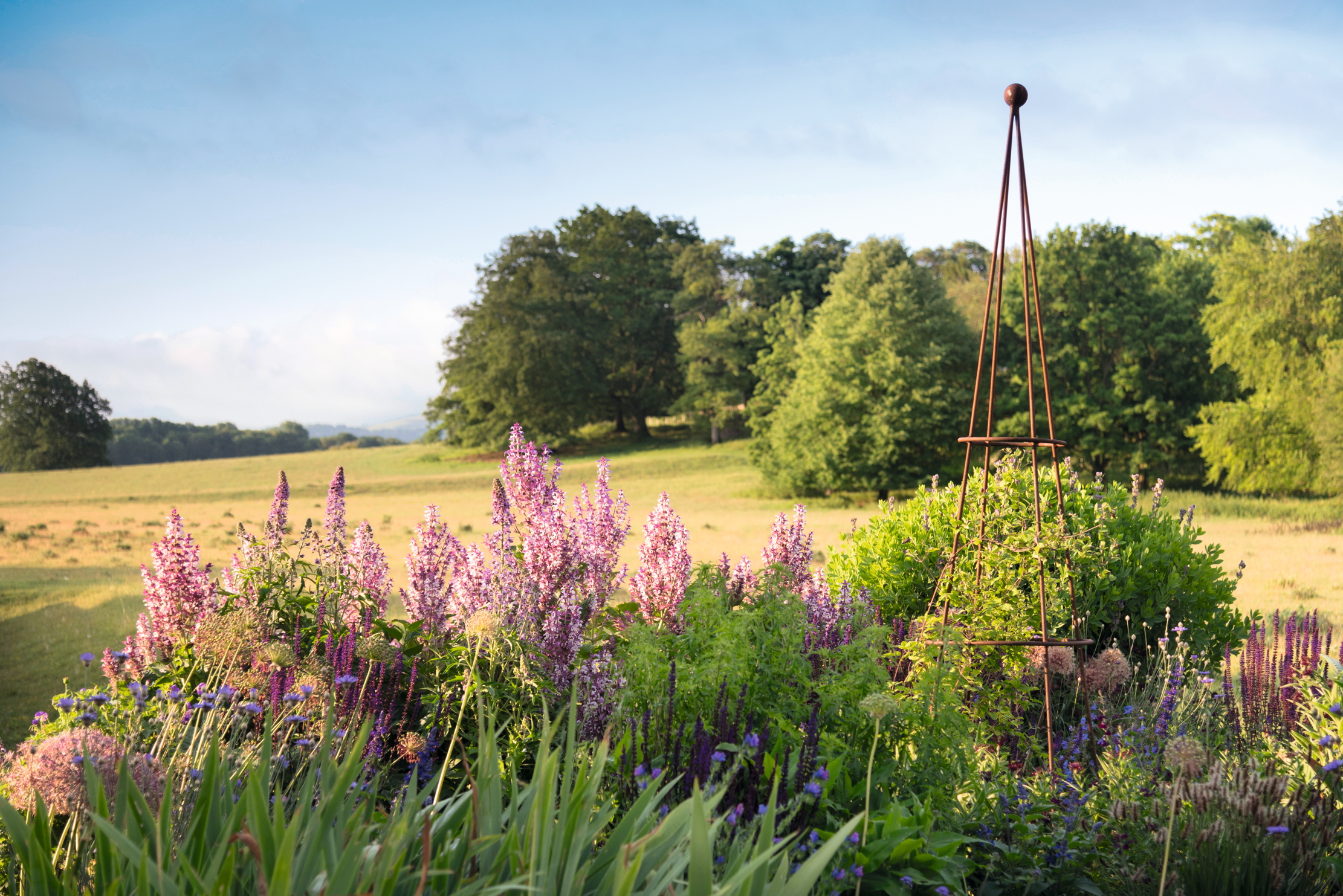
It is 90 years since John Christie and his wife, the soprano Audrey Mildmay, put on their first opera at their home, Glyndebourne, near Lewes in East Sussex. Although the idea has been taken up by other country houses since, nowhere else is set in such an unforgettable landscape, nor has an opera house of such quality.
Since 1934, Glyndebourne has been looked after by three generations of the Christie family, who have balanced the needs of family and visitors, of staff (there are 120 permanent ones, from costumiers and dyers to caterers and gardeners) and performers, backstage technicians and of that magical setting that lifts the spirits of every one who visits.
'It's important to have some whimsy in a garden like this'
‘The gardens,’ says John Hoyland, gardens adviser here for 15 years, ‘are the foyer of the theatre; there are parts that hint of the drama to come and other areas where the magic continues after the performance ends.’ There are even gardens designed to offer calm and quiet reflection: many people found respite from harrowing performances of Poulenc’s Dialogues des Carmelites last year in the simple green architecture of the Figaro garden.
This has been subtly edited to frame perfectly Henry Moore’s Draped Reclining Woman (on permanent loan from Tate). Through judicious thinning of trees, there is now a clear view to the red-Hampshire-brick, oval-shaped opera house, designed in 1994 by Sir Michael Hopkins, who had previously redesigned the Mound Stand at Lord’s cricket ground.
The commissioning of the new opera house was one of the last great acts of Sir George Christie, who had taken over from his father in 1962 and, together with his wife, Mary, a keen gardener, oversaw many changes. Since 2000, their son, Gus Christie, has been executive chairman and he lives at Glyndebourne with his wife, international soprano Danielle de Niese, and their children. ‘I’m very open to change,’ says Mr Christie, ‘but, at the same time, I want to preserve the traditions and the open landscape that Glyndebourne has always had.’
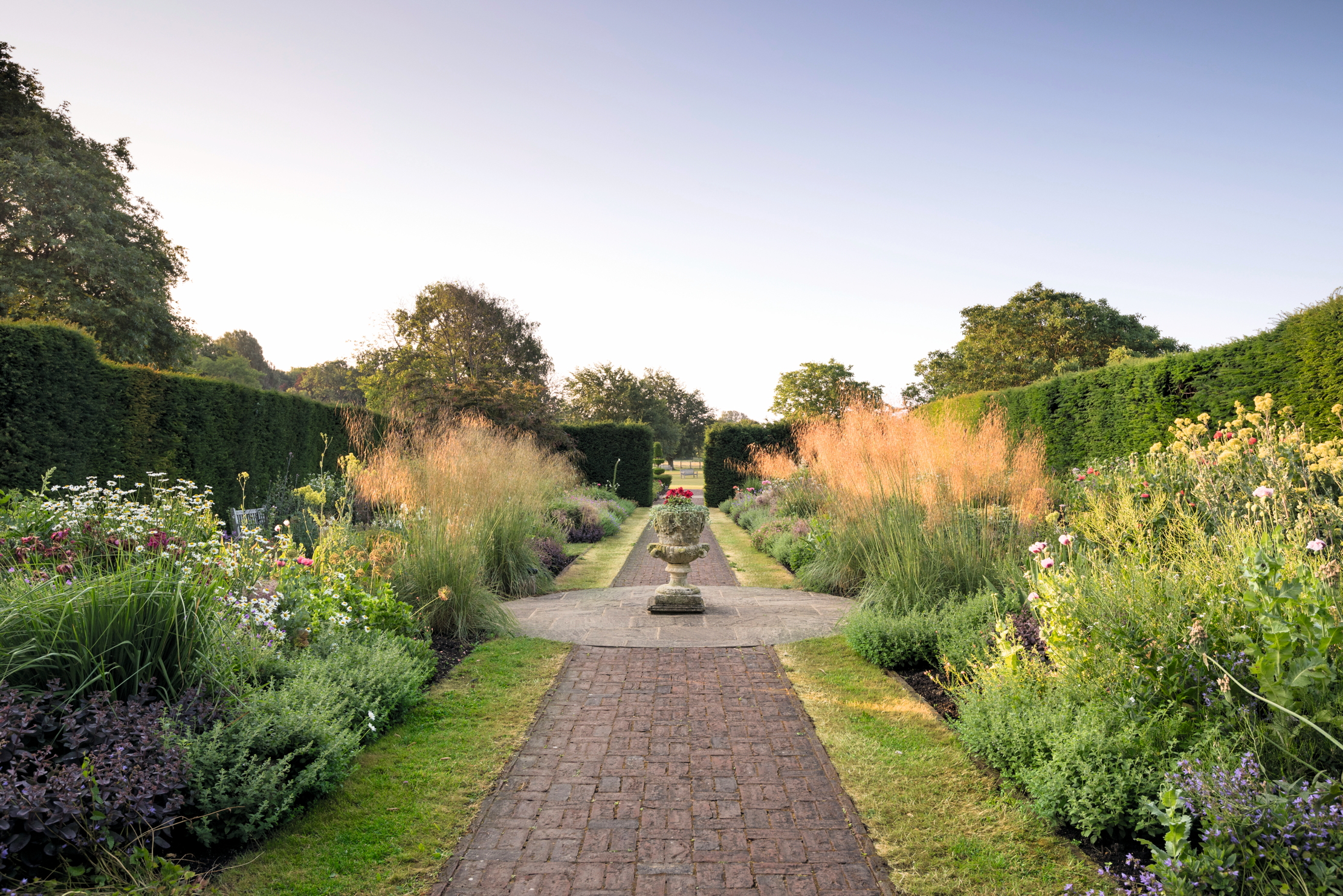
The gardens have always mattered to the Christies. John Christie had been a great friend of Vita Sackville-West and Mary Christie was devoted to Christopher Lloyd. ‘He helped her with the garden,’ says Mr Hoyland. ‘She always had a picture of him on her desk. So you do feel this huge weight behind you. You have to find a balance between honouring that heritage and yet trying to move on.’
Regular opera-goers will have noticed how the initial approach along the tree-lined drive has been refined. Following losses from ash dieback disease — 75% of the woods are ash, says Mr Christie — the woodland has been opened up and new hornbeams planted. Those who arrive by coach are no longer deposited at the back of the house, which never really worked. Instead, they approach the opera house through the meadow and rose arch before walking along the terraced path beside the big flower borders.
Exquisite houses, the beauty of Nature, and how to get the most from your life, straight to your inbox.
'The gardens are the foyer of the theatre. There are parts that hint of the drama to come and other areas where the magic continues after the performance ends'
Between the herbaceous perennials, planted to give colour all season, stand columns of the narrow-leaved laurel Prunus lusitanica ‘Myrtifolia’ that both echo the line of old yews that divide the lawns and deliberately hold back the view until one reaches the end of the border. Here, at last, the famous view of the South Downs is revealed.
Simple adjustments have made significant improvements. For instance, the walls of the building that housed the original dressing rooms and green rooms have been cleared of climbers and yews to reveal its lovely redbrick and rough-stone exterior. This local style was described as looking like ‘a Sussex pudding’ by John Christie, who commissioned it from local builders who still knew the technique. It now stands as an architectural feature in its own right and contains the offices for the opera, as well as a staff café.
An Edwardian house is never going to sit happily with a very modern garden, but careful interventions, introduced since the Millennium, have given the gardens greater coherence together with a light and more contemporary feel. Many of the Edwardian yew hedges had become heavy and too dominant and these have been selectively pruned, opened up or removed. ‘On the croquet lawn, we took out the hedge that had closed off the view and replaced it with topiary,’ says Mr Hoyland. ‘There’s not a lot of whimsy here and it’s important to have some, especially in a garden like this with the opera…’
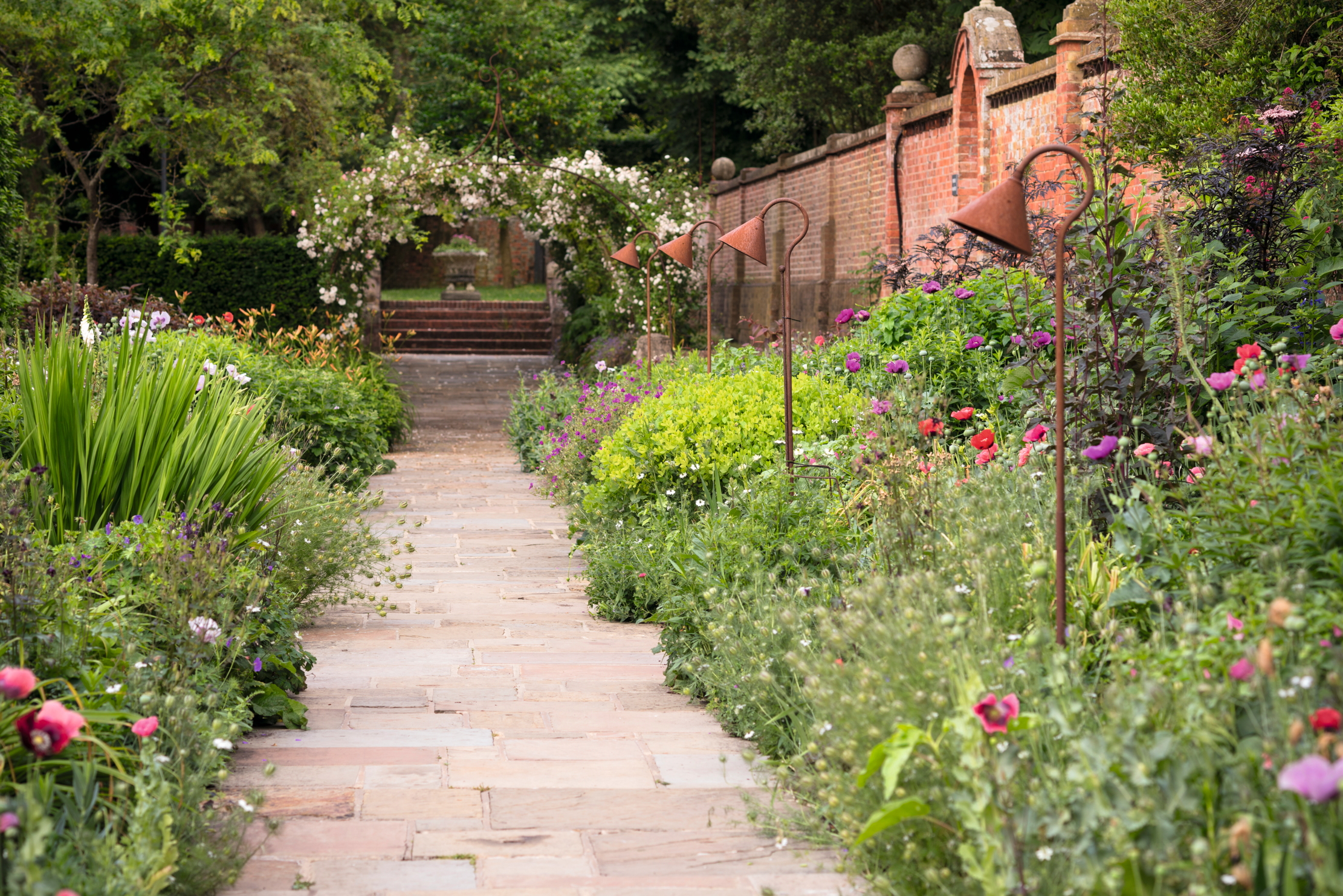
Lighting, never really needed before as this is a private garden, is being added discreetly so that people can walk through the gardens after the performance. With a theatre lighting department on hand, expert technicians are not hard to come by and all the metalwork in the garden is made by a local blacksmith in the village of Glynde.
Elsewhere, the landscape has been enhanced by allowing meadows to grow up around the lake and, on the far side of the water, the boundary fence has been moved back to make a wider area of meadow into which secluded seating for picnickers is cut into the long grass, where pyramidal, bee and early purple orchids have naturalised themselves.
There are six full-time gardeners under the leadership of head gardener Kevin Martin and each has the responsibility for a separate area. The emphasis is on avoiding chemicals, so nettles and other tough weeds are pulled by hand. The ground is hard and fissures easily, but 90 years of building up the main borders with manure and compost has created a rich tilth, ensuring that only new plants need to be watered — no watering is done on the lawns. ‘We propagate all the plants here,’ says Mr Hoyland, ‘and grow everything ourselves, except some trees and large shrubs, which are sourced from local nurseries.’
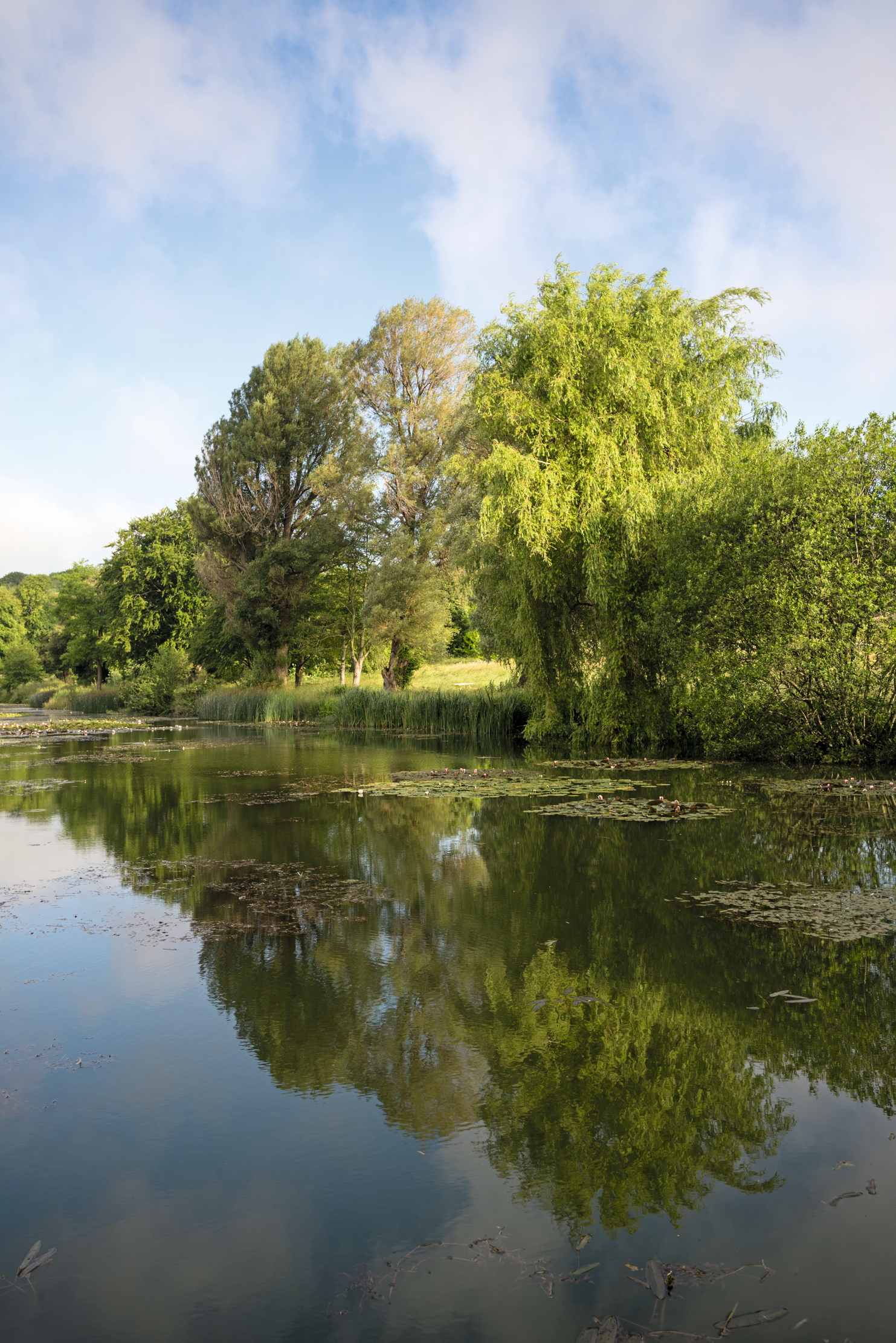
In the low-lying ground beyond the gardens where the ground is too wet and not suitable for farming, Mr Christie is embarking on a plan to help Nature return it to wetland, woodland and meadowland.
There is a small, new dyers’ garden, too, but as dye plants are for the most part unassuming, this is positioned on the edge of the grounds. Plants such as madder and dyer’s broom, Genista tinctoria, are used to dye fabrics to make the costumes that, as are the wigs, are made at Glyndebourne, which does all it can to help to keep local skills alive.
Looking back across the garden, the eye fixes upon the Red Border, planted at the far side of the lawns for just such a purpose by Lloyd. His fiery scheme has been enhanced with towers of cotoneaster and the smokebush Cotinus coggygria ‘Royal Purple’ add extra depth. Crocosmia ‘Hellfire’ has also been added to extend the vibrant reds after ‘Lucifer’ goes over.
In the Urn Garden, also designed by Lloyd, the beds are filled with scented plants and the high hedges capture the fragrance. The four Stipa gigantea he planted are still throwing out their great stems and holding the design.
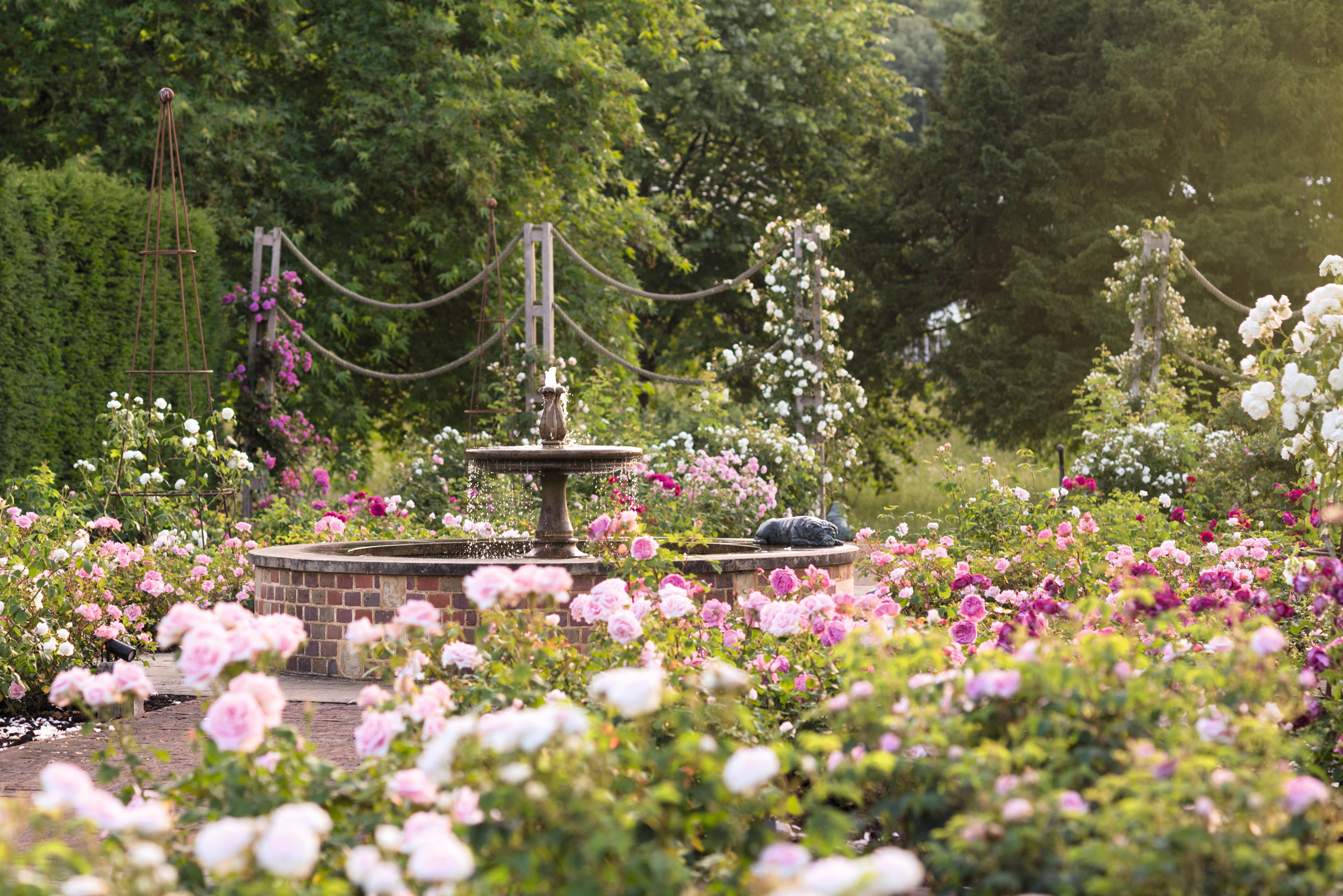
A rose garden was something that Mary Christie had always wanted and was created as a tribute to her 50 years of dedication to Glyndebourne. Opened in 2015, a few years before her death, it sits below the Urn Garden, transforming what had been lawn into a haze of roses in bloom from early spring to the end of autumn.
One of her most important additions at Glyndebourne was the planting, together with Mary Keen, of The Bourne Garden. Visitors pass this on their way to the entrance to the opera house, so the original idea was to do something as dramatic and exciting as possible. Hence the jungle planting of large-leaved exotic species such tree ferns, mimosa, tetrapanax, catalpas and paulownias and echiums — plants that, when the garden opened in 1994 to coincide with the unveiling of the new opera house, would have been new to many visitors.
The trees were stooled to keep the canopy layered, but some were left to grow tall and have now outgrown their space and will need to be replaced. Recent harsh winters have also led to losses among the tender echiums and some plants, such as hostas, have been allowed to spread beyond their means and need reinvigorating. These gaps will be filled with rare and interesting species that have become available since the garden was first made. It is through thoughtful steps such as these that the garden at Glyndebourne will continue to thrill visitors for decades to come.
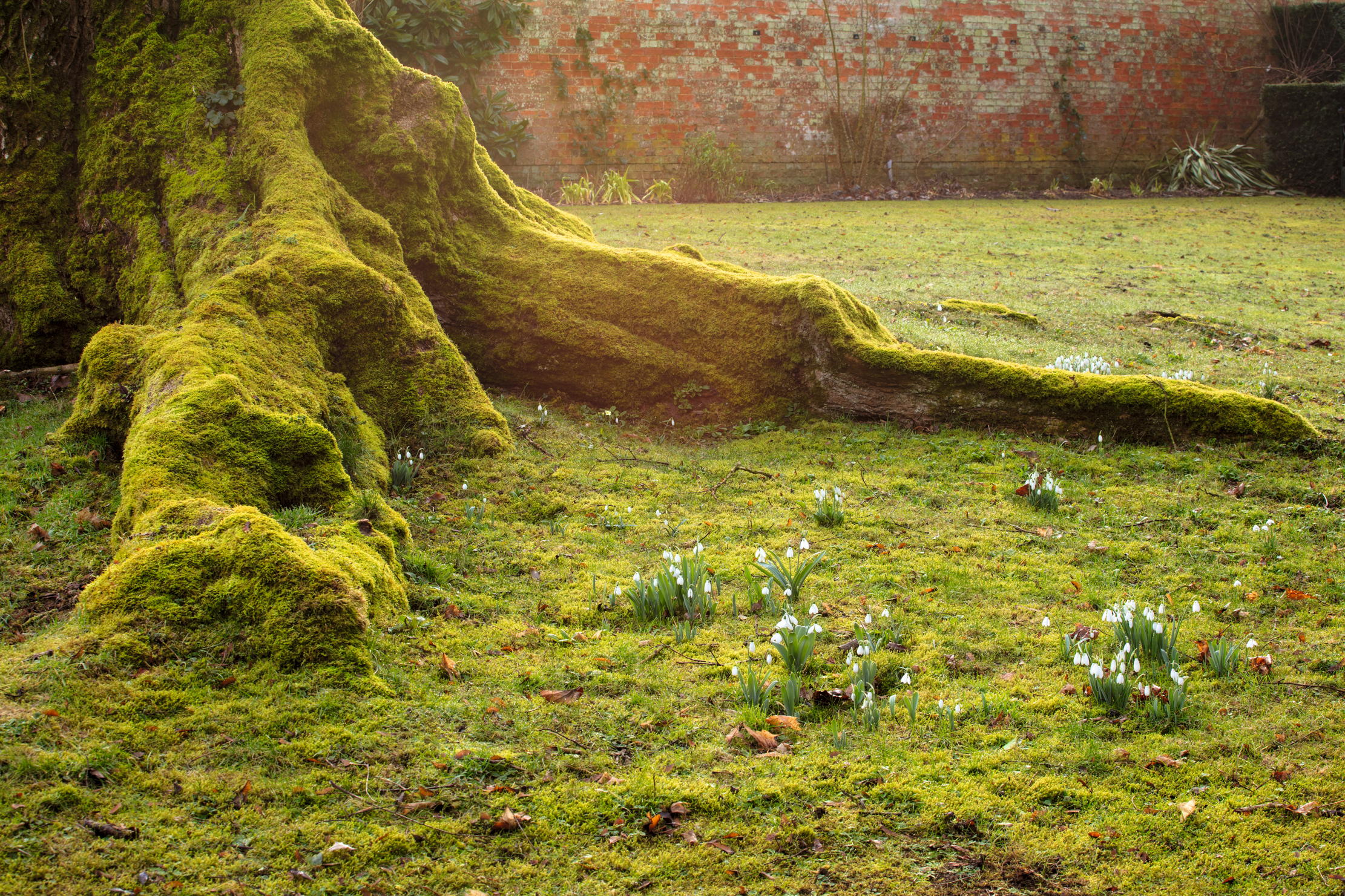
The snowdrops of Thenford: 900 varieties that are the pride and joy of Lord and Lady Heseltine
The gardens at Thenford House, home of Lord and Lady Heseltine James Alexander-Sinclair joins snowdrop lovers wandering through more than
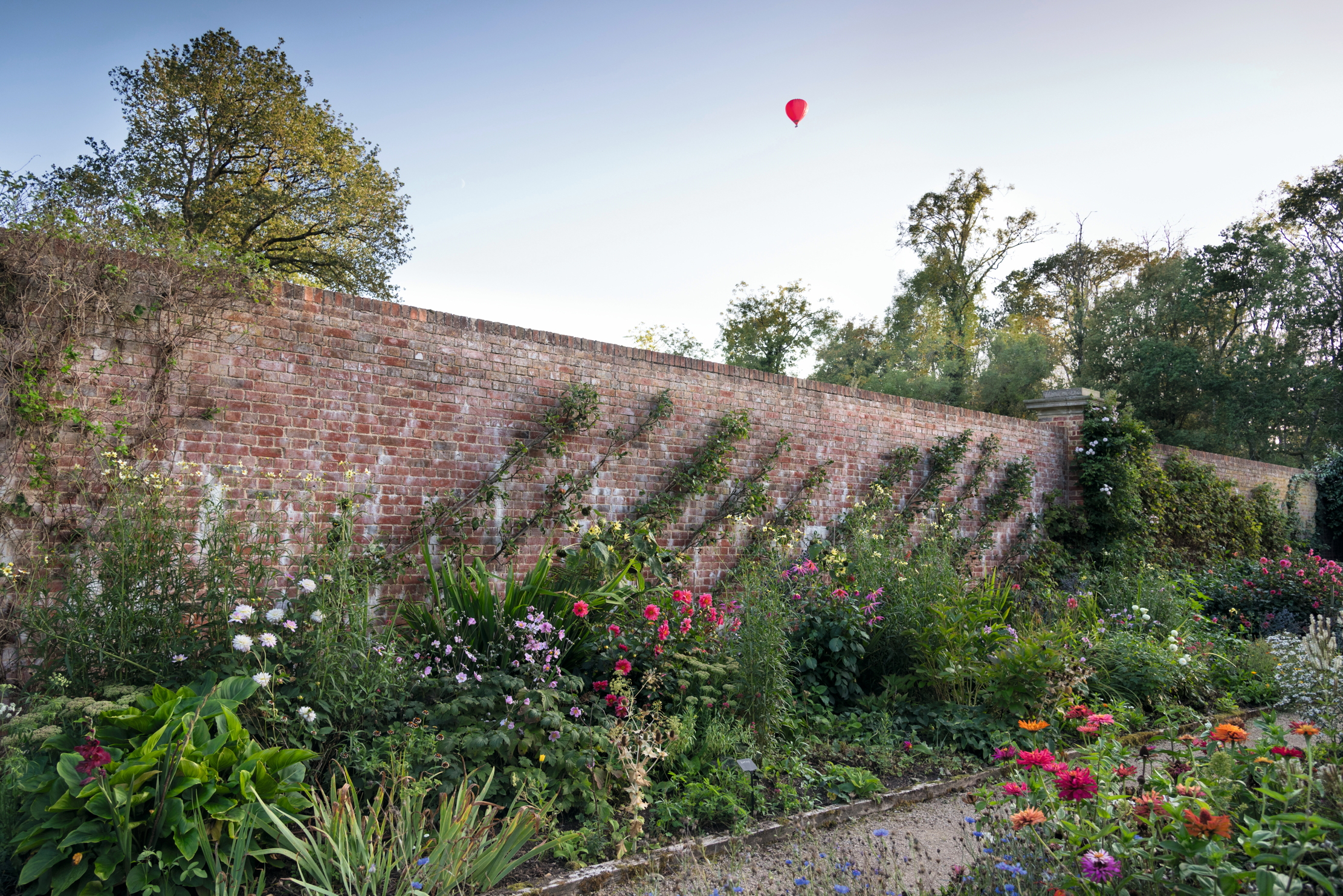
The walled garden at Whithurst Park — and the owners who made it from scratch
Growing your own is one thing, but at Whithurst Park in West Sussex, fruit and vegetables aren't the only thing
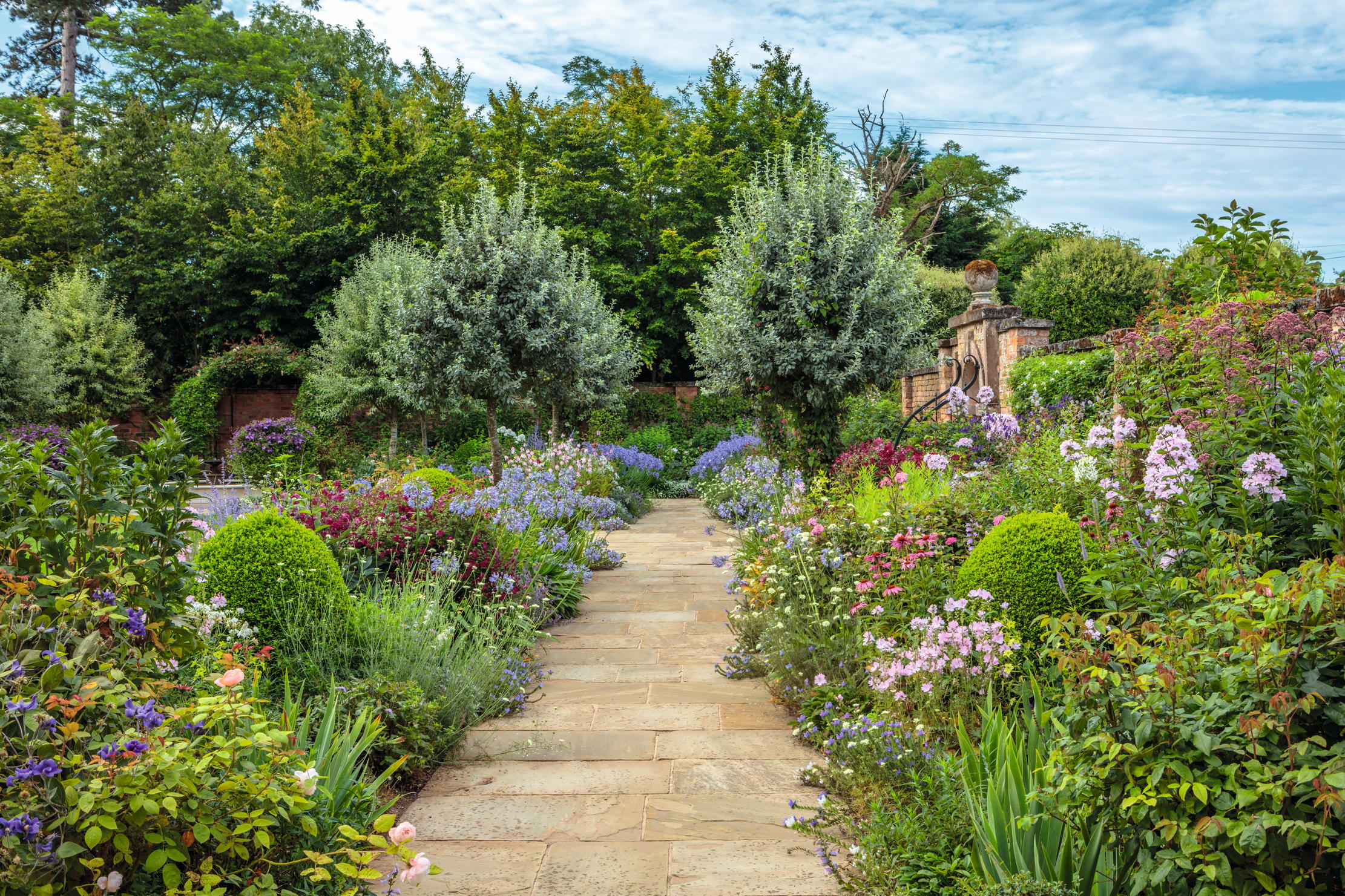
How Morton Hall's owner has reinvented the art of clematis training
Tiffany Daneff visits Morton Hall in Worcestershire to discover the secret of its owner’s new clematis-training technique. Photographs by Clive
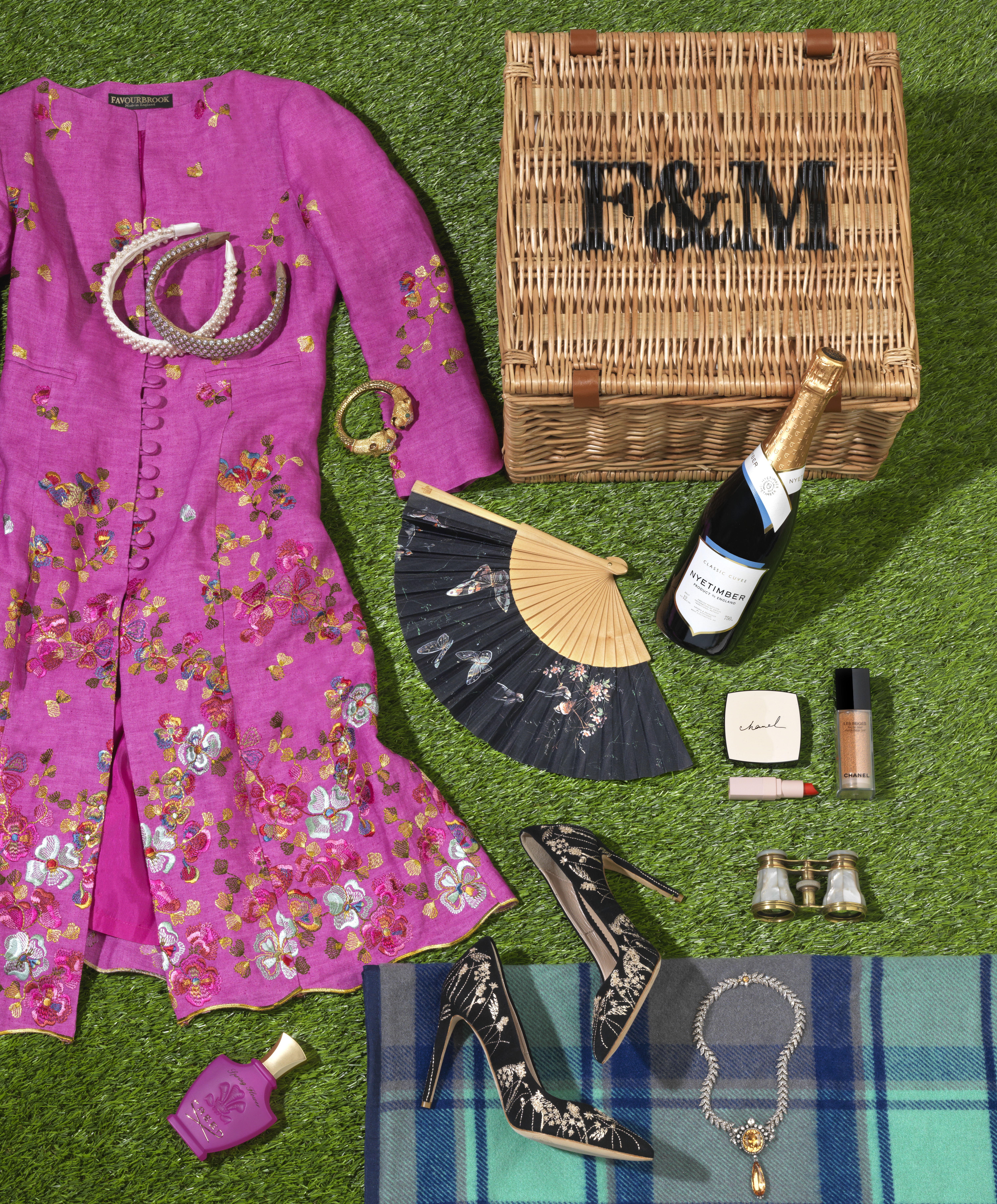
The utterly inessential Glyndebourne shopping list: A rug, a picnic basket and a £26,000 bangle...
We've rounded up all the utterly inessential products that you absolutely do not need (top hats for Ascot aside) to
Previously the Editor of GardenLife, Tiffany has also written and ghostwritten several books. She launched The Telegraph gardening section and was editor of IntoGardens magazine. She has chaired talks and in conversations with leading garden designers. She gardens in a wind-swept frost pocket in Northamptonshire and is learning not to mind — too much — about sharing her plot with the resident rabbits and moles.
